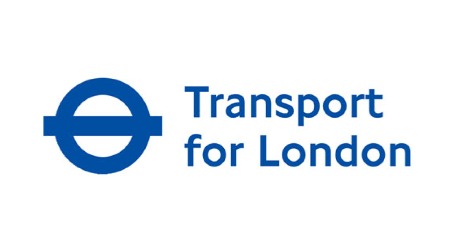TfL Set to Tackle “Choking” Congestion in Putney Within Days
Putney town centre, one of South London’s busiest corridors, is finally set to see long-awaited action on its gridlocked roads.
Transport for London( TfL) has verified new measures to ease the “ choking ” traffic that has left residents, businesses and commuters frustrated for months.
From 27 October, TfL will begin installing smart business- control chips at the busy junction of Putney Bridge Road, Lower Richmond Road and Putney High Street.
The new system will automatically acclimate signal timings in real time, aiming to ease the grim business of figuring out the area.
The authority also plans to review the machine stop P on Lower Richmond Road, extensively known among locals as a traffic hotspot.
These ways come amid growing wrathfulness from residents and councillors who say changes to the road layout last time, meant to ameliorate safety for climbers and cyclists, have rather worsened business chaos.
The debate over Putney’s traffic woes has become increasingly heated. Conservative councillor Ethan Brooks didn’t mince his words at a recent council meeting.
Saying: “The new layout had left us worse off, one lane in either direction onto the bridge, traffic worse than ever, this was a mistake, everybody knows it.”
He added: “Putney needs hope, hope that the traffic situation will improve, that we might hear people’s worry and that the choking congestion is not the future we’re being consigned to.”
Fellow Conservative councillor James Jeffreys echoed the frustration, warning that residents’ patience was “wearing thin over the obvious catastrophe before us”.
Responding to criticism, Labour councillor Jenny Yates, Wandsworth’s Cabinet Member for Transport, acknowledged the problem: “We will continue to work hard with TfL on changes that can be made to help traffic flows through the junction and to do everything we can to ease congestion and address residents’ concerns.”
She added that the council has already made some changes to improve traffic since the redesign and pointed to the closure of Hammersmith Bridge in 2019 as one of the wider causes of the area’s ongoing congestion issues.
Putney MP Fleur Anderson said she welcomed TfL’s latest announcement, but called for a wider review of the local transport network.
“This is welcome news for Putney. Residents and businesses have endured unbearable traffic and congestion for far too long, and I have been holding ‘crisis’ meetings with TfL all year,” she said.
“I am pleased that TfL has listened and committed to some real action, but more is needed. New traffic light phasing and long-overdue changes to one of the bus stops, which causes traffic to back up, will make a real difference.”
She urged TfL to move ahead swiftly: “All of these changes must now be delivered without delay; people cannot afford more months of gridlock.”
A TfL spokesperson told the Local Democracy Reporting Service (LDRS): “We’re pleased to be working with the London Borough of Wandsworth to help make changes to the Putney Bridge junction that will help ease congestion and improve safety for people using the area.”
They added that the smart signal technology and bus-stop reviews form part of a continued effort to “make journeys more reliable” and create “a safer experience for pedestrians, cyclists, and bus passengers”.
Putney High Street sits along a stretch of the A219, identified by transport analytics firm INRIX as London’s most congested route in 2022.
Drivers spent an average of 47 hours a year sitting in traffic along the section from Fulham Road to Morden Hall Road.
Local traders have long complained that delivery delays and poor air quality are driving customers away, while residents say the constant idling of traffic makes life miserable.
Now, all eyes are on TfL’s late-October changes, and whether they can finally bring relief to an area that’s been suffocating under its own congestion.






